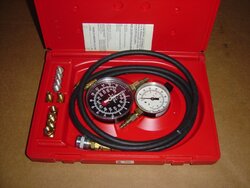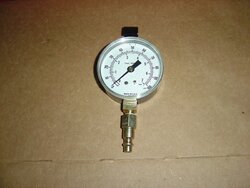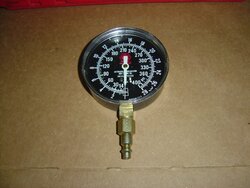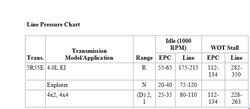- Joined
- April 3, 2008
- Messages
- 3,273
- Reaction score
- 882
- City, State
- Gloucester City, NJ
- Year, Model & Trim Level
- 98 2Dr,2,000 & 04 4dr xlt
Symtom Chart
The symptom chart doesn't have the exact symptom I am looking for. I guess the symptom is the lock up torque converter is slipping. I am going off the recording that showed 100-200 rpm's difference(slip) with 95% duty cycle for the Torque converter. In the back of my mind I am thinking is it really the torque converter or could it be the O/D band slipping only in 5th (it is used for second gear also but no problem there).
The symptom chart only lists "Does not apply/Always applied" which are not my problems. They also list Cycling/Shudder/Chatter for torque converter problems. They send you to "242 Electrical and 342 Hydraulic/Mechanical" testing.
The symptom chart doesn't have the exact symptom I am looking for. I guess the symptom is the lock up torque converter is slipping. I am going off the recording that showed 100-200 rpm's difference(slip) with 95% duty cycle for the Torque converter. In the back of my mind I am thinking is it really the torque converter or could it be the O/D band slipping only in 5th (it is used for second gear also but no problem there).
The symptom chart only lists "Does not apply/Always applied" which are not my problems. They also list Cycling/Shudder/Chatter for torque converter problems. They send you to "242 Electrical and 342 Hydraulic/Mechanical" testing.


















